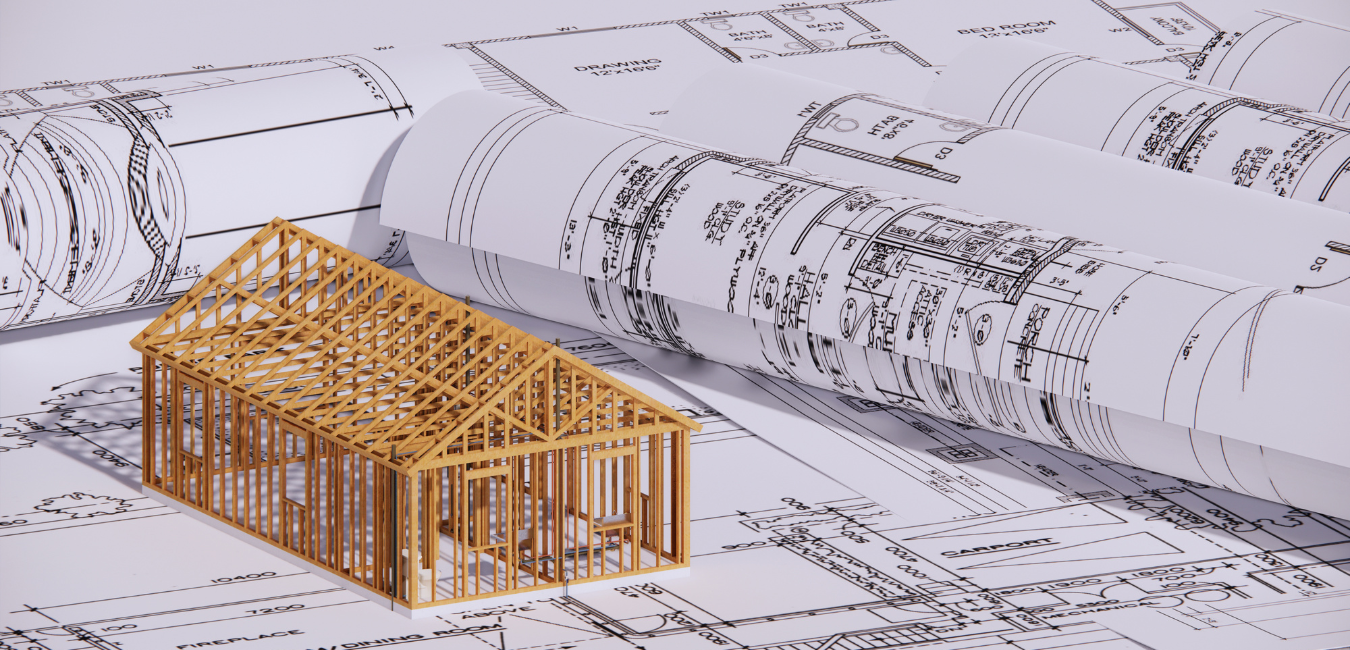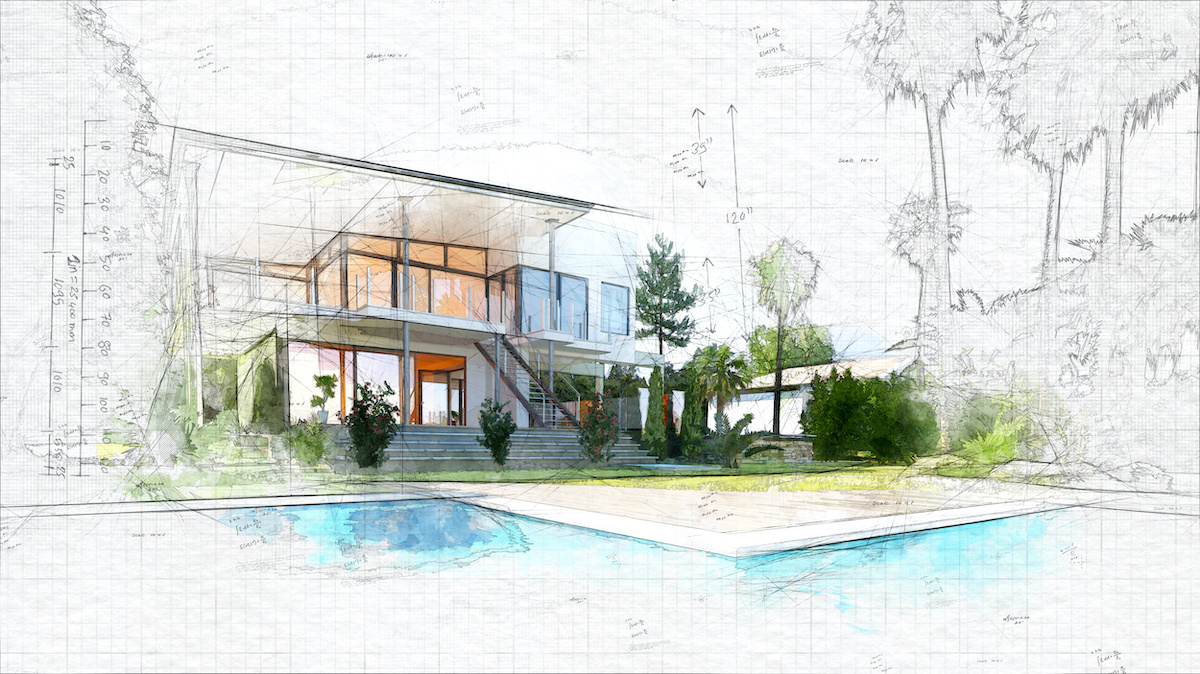Just How CDA Architects Deliver Cutting-Edge Solutions for Lasting Architecture
Just How CDA Architects Deliver Cutting-Edge Solutions for Lasting Architecture
Blog Article
The Impact of Technical Improvements on the Design Practices of Contemporary Architects
The rapid advancement of technological devices has significantly improved the design landscape for contemporary engineers, promoting unmatched levels of innovation and sustainability. Discovering these dynamics exposes a nuanced interaction between modern technology and conventional style techniques, prompting a more detailed exam of what the future holds for building practices.
Advancement of Architectural Equipment
How have building devices transformed the style and construction processes over the centuries? The evolution of architectural tools has dramatically affected the efficiency, precision, and creative thinking of design and construction.
With the introduction of the Renaissance, the introduction of the compass and the protractor noted a crucial change. These tools enabled architects to attain better precision in their styles, facilitating the emergence of more detailed and in proportion structures. The Industrial Transformation better revolutionized building exercise with the introduction of mechanized devices and products, enabling larger and extra ambitious jobs.
In the 20th century, the growth of computer-aided style (CAD) software changed the landscape once more, supplying engineers with unmatched capabilities in modeling and visualization. Today, advanced tools such as Building Information Modeling (BIM) and parametric style software program proceed to push the limits of architectural advancement, enabling an extra incorporated strategy to style and building and construction procedures.
Improved Partnership in Design
As innovation proceeds to progress, boosted partnership in design has actually come to be a keystone of modern architectural practice. The assimilation of electronic tools such as Structure Information Modeling (BIM), cloud-based systems, and advanced visualization software application has actually transformed the way engineers, engineers, and stakeholders interact throughout the layout process. These tools assist in real-time communication, allowing teams to share concepts, alterations, and responses instantaneously, regardless of geographical location.

In addition, interdisciplinary partnership has actually been streamlined with these technical advancements, making it possible for architects to work a lot more closely with various other professionals, such as metropolitan organizers and ecological consultants. The outcome is a more natural approach to make that considers different viewpoints and competence. Ultimately, boosted partnership in design is not simply a fad; it is essential for developing innovative, useful, and aesthetically pleasing design in a progressively complex globe.

Sustainability Through Technology
Sustainability in design has significantly come to be intertwined with technological technology, driving the sector towards environmentally liable techniques. Contemporary architects are leveraging advanced innovations to minimize environmental influence while improving the performance of buildings. cda architects. One popular instance is the usage of Structure Details Modeling (BIM), which permits exact planning and source allocation, lowering waste throughout construction and promoting energy performance throughout a structure's lifecycle
Moreover, wise materials and energy-efficient systems are being incorporated into layouts to optimize source usage. Technologies such as photovoltaic cells and environment-friendly roof covering systems harness renewable resource sources, adding to minimized carbon impacts. Additionally, the application of expert system in style procedures makes it possible for engineers to replicate and examine power usage, assisting decisions toward more lasting results.
The assimilation of sustainable innovations not only straightens with worldwide ecological goals but also satisfies an increasing need from customers for green options. As engineers accept these advancements, the focus moves towards developing rooms that are not only aesthetically pleasing but also functionally sustainable, consequently redefining the requirements of modern style. This way, innovation serves as a stimulant for sustainability, allowing engineers to that site design structures that respect and boost the native environment.
Obstacles in Application
While technical improvements in design hold great promise for improving sustainability, their implementation typically click this encounters significant challenges. One key obstacle is the high learning curve related to new innovations. Engineers and construction specialists might need extensive training to effectively use advanced software program and tools, which can delay project timelines and increase costs.
Furthermore, the combination of emerging innovations, such as Structure Info Modeling (BIM) and sustainable materials, typically necessitates cooperation across multidisciplinary teams. This cooperation can be prevented by differences in proficiency, operations, and interaction designs, leading to potential disputes and inadequacies.

Moreover, governing frameworks and building regulations might not equal technological innovations, producing uncertainty and potential conformity issues. This difficulty can inhibit designers from completely welcoming brand-new technologies, as the threat of non-compliance might surpass the advantages. Resolving these implementation challenges is essential for the effective combination of technical developments in contemporary architectural techniques.
Future Patterns in Architecture
The difficulties connected with the implementation of new modern technologies in architecture have triggered a reevaluation of future patterns within the industry - cda architects. As architects navigate concerns such as sustainability, urbanization, and social equity, they are significantly taking on ingenious modern technologies to enhance design effectiveness and ecological performance
One prominent trend is the assimilation of expert system (AI) in the design procedure. AI tools can assess vast datasets additional hints to notify design choices, improving both creative thinking and performance. Building Info Modeling (BIM) continues to develop, making it possible for real-time partnership amongst stakeholders and assisting in streamlined project administration.
Sustainable style practices are additionally acquiring energy, with architects concentrating on adaptive reuse and regenerative style principles that decrease resource consumption and waste. The unification of smart materials and renewable resource resources will certainly additionally enhance the strength of structures in the face of climate adjustment.
Additionally, the surge of parametric design permits more customized and context-sensitive building solutions (cda architects). By using these innovations, designers are positioned to produce built environments that not only address the instant needs of culture but likewise expect future challenges, therefore redefining the function of design in an ever-changing world
Conclusion
Technological advancements have actually considerably reshaped architectural design practices, assisting in improved precision, cooperation, and sustainability. The integration of devices such as Building Info Modeling and parametric style software application, along with expert system and smart products, encourages engineers to attend to intricate challenges better. While application may offer particular obstacles, the ongoing advancement of these modern technologies promises to drive development in design. Future fads will likely better stress sustainability and performance, eventually redefining the built atmosphere.
Report this page